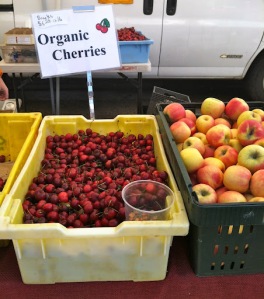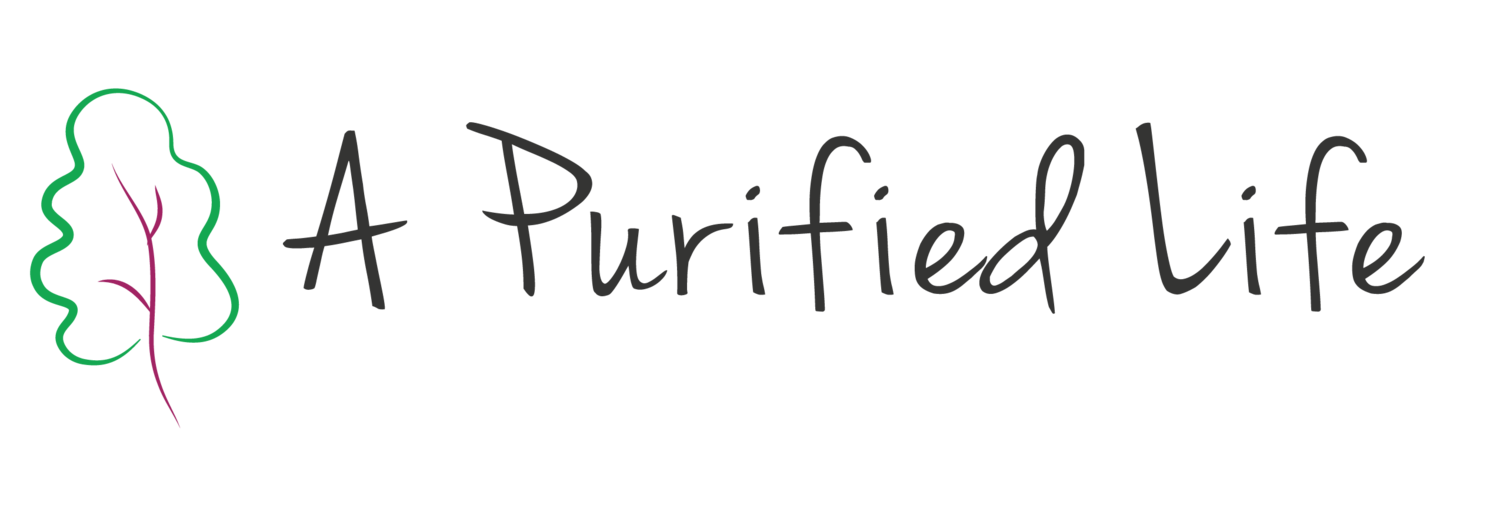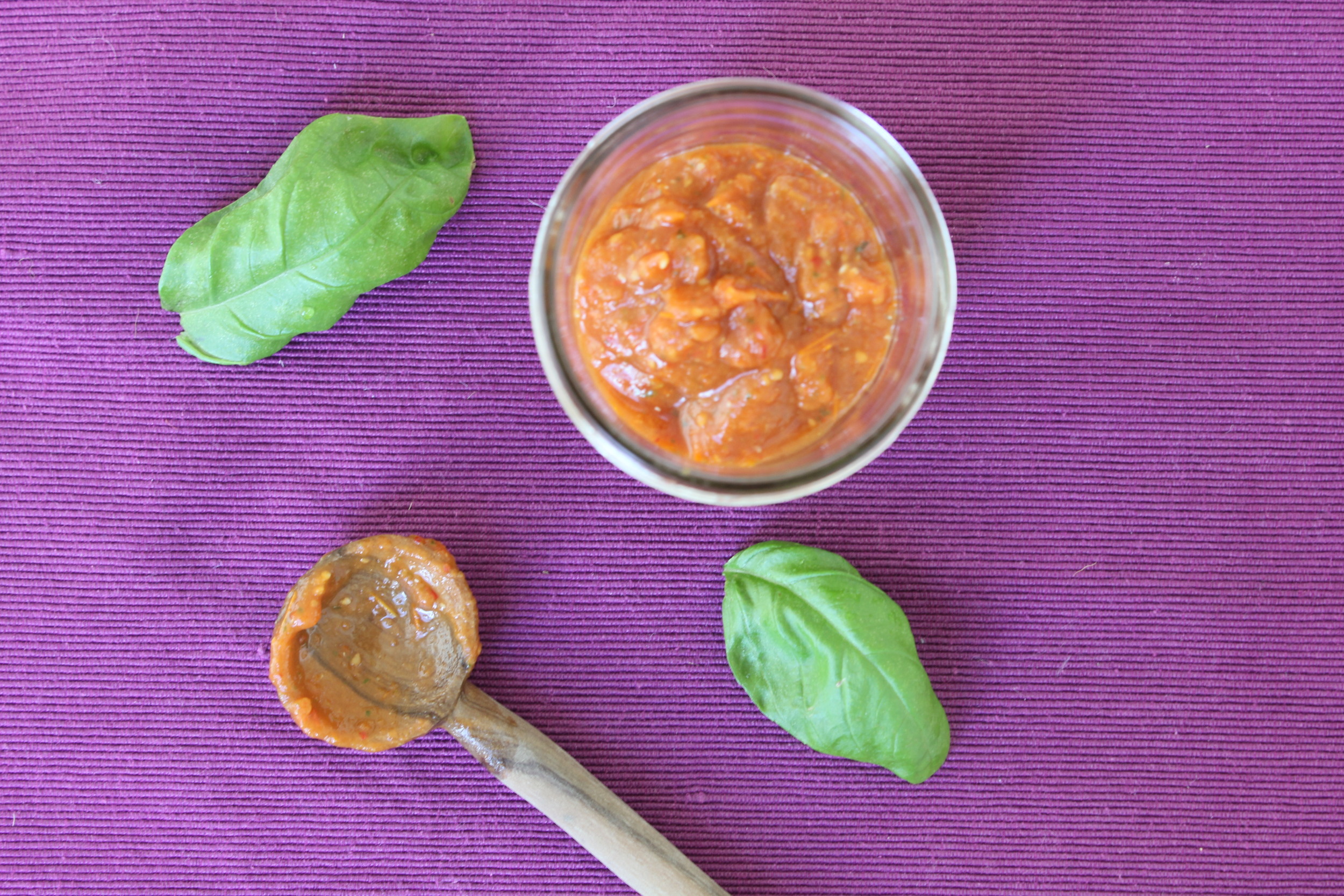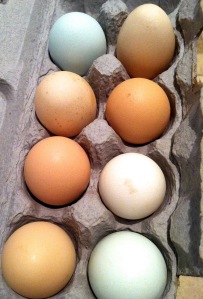We often think we're buying the right thing because we purchase foods with labels such as "All-natural," "organic," "free of pesticides," "cage-free," and "hormone-free." Be mindful that marketers will write anything they can in order to get you to buy their product. There are specific labels that you should be looking for and organic is one of the most important. In order to know if a food is actually organically produced, it must carry the "USDA Certified Organic" label. This label ensures that the food has been inspected and follows the food safety regulations of the USDA (United States Department of Agriculture).The term "organic" means that a food is free of pesticides, hormones, and antibiotics. Choosing organic produce and meats is essential in order to get the highest nutritional value. Conventional foods are filled with pesticides, hormones, antibiotics, and are genetically modified. Eating these foods can lead to nutrient deficiencies and inhibit the ability of our body to absorb nutrients. By eating organic we are not only getting the most we can from what we are putting into our body, but maintaining soil health and supporting that animals are treated with respect. Buying organic foods might be pricier, but in the long run, it will keep you from having to spend on medications and medical bills due to diseases caused by food.
There are some exceptions when it comes to produce of what you can get by without purchasing organic, but it is highly recommended to always pay the organic dollar for animal products because these are the ones that are most chemically altered and harmful to our health. So don't deprive yourself from the nutrients you need by purchasing conventionally grown meats and dairy products.
"Choose local, chemical free, organic, and delicious foods. You'll feel the benefits and will have peace of mind and body as a consequence" -Ed Bauman, M. Ed., Ph.D
Here are some general guidelines for purchasing good quality meats and produce:
Chicken
Purchasing the best quality chicken can be a challenge. A chicken that is labeled organic can simply mean that whatever it was fed (usually grains and soy) was organic. Although you want to look for chickens that are raised on pasture, chickens that are fed organically grown grains and soy still provide more nutrients and better health benefits than those that are not fed organic. Organic chicken can be hard to find and a lot of times what is labeled organic still doesn't necessarily mean it meets other requirements you want to look for.
Now a days, the way conventional chickens are raised is completely inhumane and sad. They are being fed genetically modified grains and kept in tight spaces which makes them stressed and messes with their immune system. This leads to farmers giving them antibiotics in order for them to not get sick and spread any disease to the other chickens. Once the chickens are slaughtered, they are dunked in iced-cold water combined with chlorine and other chemicals to speed up the temperature reduction of the chicken.
With all this said, there are many factors to consider when purchasing chicken. Reading labels carefully is very important because statements on the packaging can be misleading. Make sure to look for the proper wording of certain statements. For example, "antibiotic-free," "cage-free," and "all-natural" don't mean the same as "raised without antibiotics," "free-range," and "organic."
Here is what to look for when purchasing chicken:
- Organic
- Free-range
- Raised without antibiotics
- Hormone-free
- Air-chilled
It might be hard to find chicken with all of these factors, but try to at least always purchase organic.
Eggs
Look for:
- Organic
- Pasture-raised
- Hormone free
- Free-range
Note: Remember that "cage-free" is not the same as "free-range."
Organic, pasture-raised eggs
Meat and Dairy
Like chicken, they way cattle is raised in industrial farms is unnatural and inhumane. Naturally, cattle should be fed grass, but industrial farms feed their cattle genetically modified grains and soy because it is cheaper and fattens the animals faster.
The first compartment of a cow's stomach is called a rumen. The rumen is designed to breakdown plant-based foods (grass). When ruminants (animals such as cattle, sheep, goats, bison) are constantly fed grains and soy, they become physically stressed and develop health disorders that ranchers then try to fix by introducing chemicals and antibiotics. These antibiotics and other drugs are present in the meats and dairy products we buy and put us at high risk of developing disease as well.
Meats and dairy products from animals that are fed organic plant foods are shown to have an overall higher nutritional profile. Dairy products include milk, cheese, and yogurt.
Here is what to look for when purchasing meats and dairy products:
- Organic
- Grass-fed and grass-finished (The term "grass-fed" can sometimes be misleading because cattle that is fed grass for half of its life and grains for the other half can still be labeled "grass-fed." Look for the term "grass-finished" in order to reassure it was only fed grass. Be sure to ask your butcher for help if not labeled)
Fish
Choosing sustainable seafood is always the best choice. Seafood that comes from fisheries that meet sustainable seafood standards assures that the fish populations are healthy and that the fish is being caught or farmed in a way that is friendly to the environment. So not only are you getting good sources of omega-3 fatty acids and protein, but you are supporting healthy oceans when you purchase sustainable seafood.
Depending on the species, some seafood is better wild-caught and some is better farmed.
Here are the best choices to make when purchasing seafood:
- Catfish - U.S. farmed
- Pacific Halibut - U.S. Pacific, wild-caught
- King Salmon - Alaskan, wild-caught
- Rainbow Trout - U.S. farmed
- Albacore Tuna - U.S. troll/pole
- Tilapia - U.S. farmed
- Scallops - Worldwide, farmed
- Sole - Pacific, wild-caught
- Atlantic Cod - Iceland, Northeast Arctic, hook-and-line
To learn more about sustainable fish and recommendations visit Monterey Bay Aquarium Seafood Watch- www.seafoodwatch.org
Produce
Fruits and vegetables are best when organic, but the level of pesticides varies in conventionally grown and some are safer than others.
 |
| Ferry Plaza Saturday Famers' Market |
Here are what environmental workers call the "Dirty Dozen" which are highest in pesticides and should always be purchased organic:
- Apples
- Celery
- Strawberries
- Peaches
- Spinach
- Nectarines
- Grapes
- Sweet Bell Peppers
- Potatoes (white)
- Blueberries
- Lettuce
- Kale/Collard Greens
Here are the "Clean 15" which are lowest in pesticides and are safe to be purchased conventionally grown:
- Onions
- Corn (non-GMO)
- Pineapples
- Avoado
- Asparagus
- Sweet Peas
- Mangoes
- Eggplant
- Cantaloupe
- Kiwi
- Cabbage
- Watermelon
- Sweet Potatoes
- Grapefruit
- Mushrooms
To learn more about organic foods and a yearly updated list of the "Shopper's Guide" visit The Environmental Working Group news -
www.foodnews.org or
www.ewg.org
 |
| Amy and I visiting Earl's Organic Produce Market |
Soy
Due to their low cost, most soy products are unrefined and genetically modified.
Here is what to look for when purchasing soy products:
- Organic
- Non-GMO (non-genetically modified organism)
- Unrefined and Fermented
Fermented soy products are:
- Tempeh
- Miso
- Tamari/Shoyu
- Tofu (Not always fermented)
Purchasing local, organic, and sustainable foods will always guarantee you the best health. Stay healthy.
Sources
Natural Chef Training Program Textbook, Bauman College, Spring 2012







